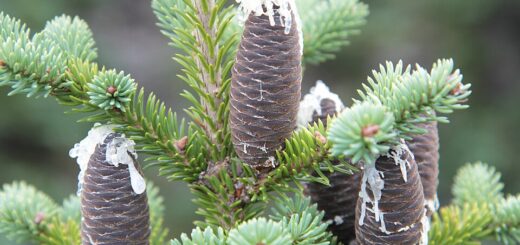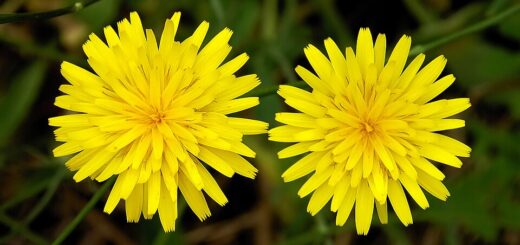Jacaranda Tree – Nature’s Purple Masterpiece
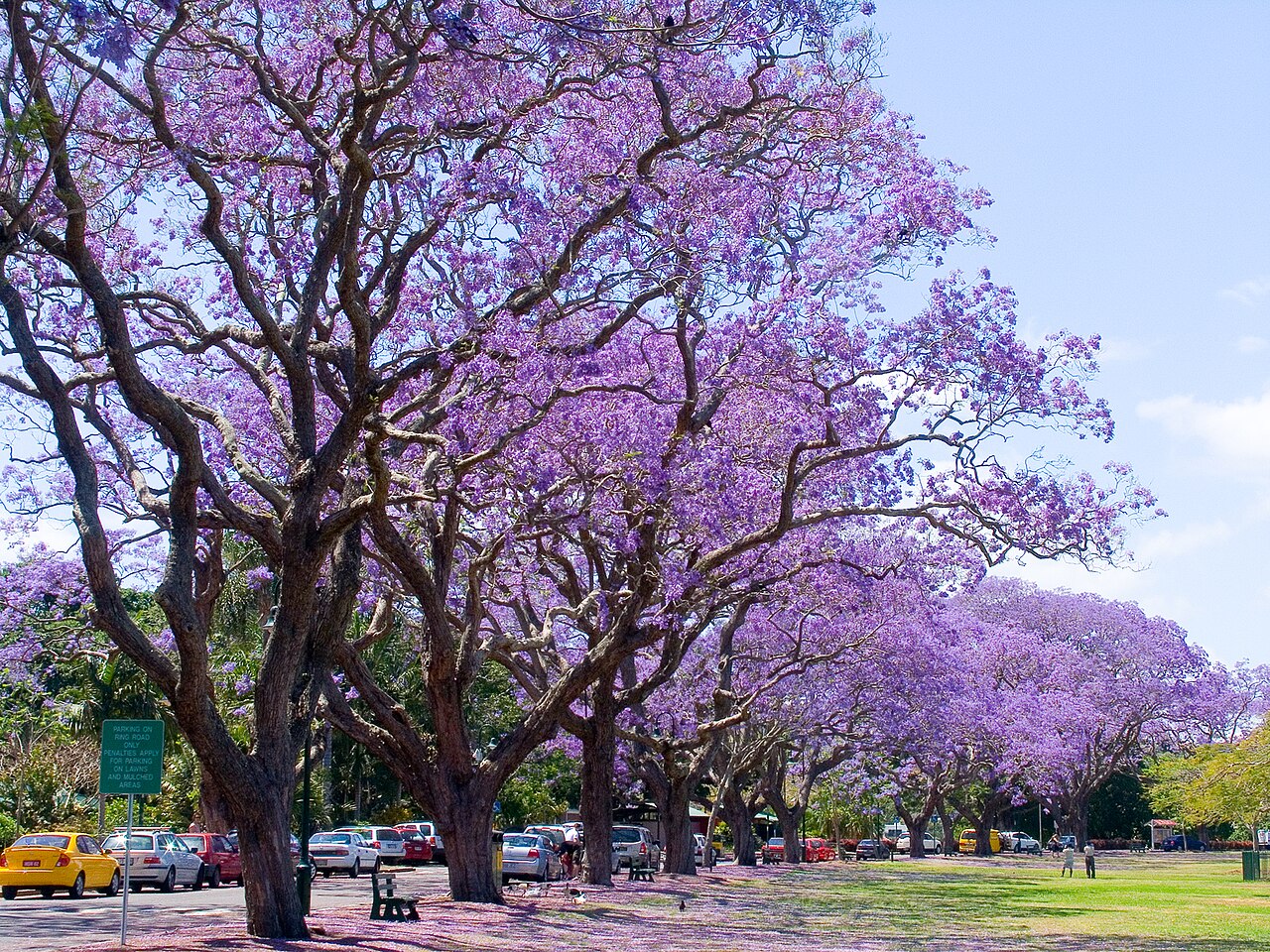
Every spring, a quiet transformation sweeps across cityscapes, university campuses, and suburban streets, a burst of purple that turns heads and lifts moods. This is the season of the Jacaranda tree, a dazzling natural spectacle known for its vibrant lavender-blue blooms and graceful branches that create dreamy, floral canopies.
A Bit of Background
Native to South America, particularly Argentina, Bolivia, and Brazil, the Jacaranda mimosifolia has traveled far and wide. Today, it thrives in warm climates around the world, from southern California and Florida to South Africa and Australia. In fact, it’s so beloved in places like Pretoria, South Africa, that the city is nicknamed “Jacaranda City,” thanks to the more than 70,000 trees that bloom in waves across the skyline.
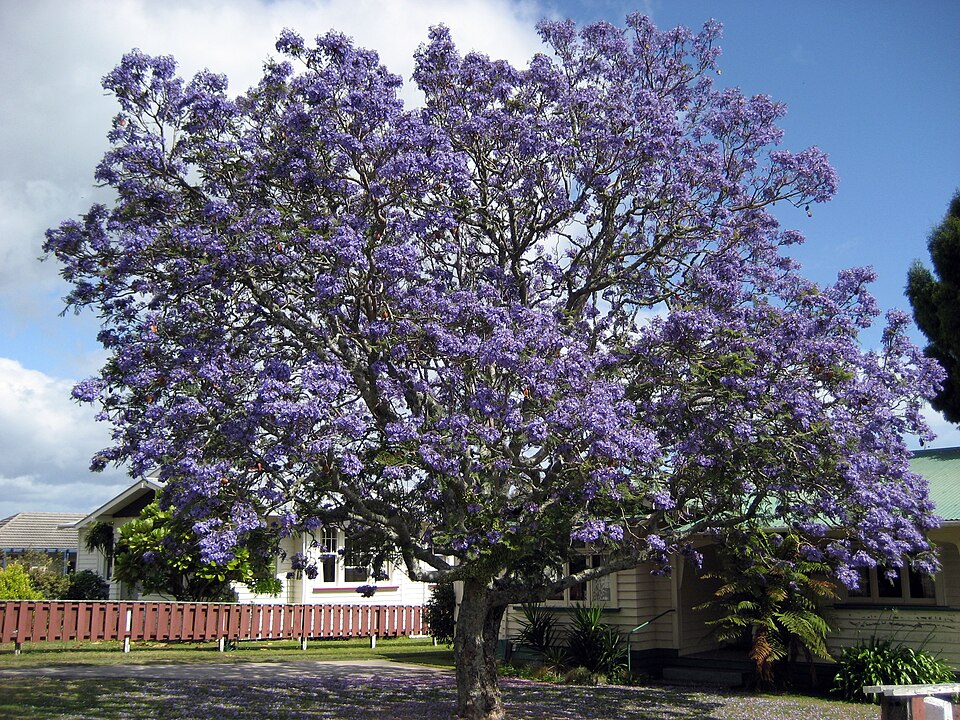
Jacaranda tree in flower in Whakatāne, New Zealand – Creative Commons | Author: Kahuroa – Source: https://commons.wikimedia.org/wiki/File:Jacaranda1212.jpg
The Bloom That Stops Traffic
Jacaranda trees are best known for their ethereal flowers. Each delicate trumpet-shaped blossom is part of a larger cluster, and when in full bloom, these clusters cover the branches so densely it can seem as if the tree itself has turned purple. Fallen petals form a soft carpet on the ground below, a beautiful (if slippery!) side effect of their flowering frenzy.
Typically, Jacarandas bloom in late spring to early summer, though this can vary slightly depending on the region. Their dramatic appearance makes them a popular ornamental tree, often featured in parks, along boulevards, and as centerpieces in gardens.
More Than Just a Pretty Face
Beyond their stunning looks, Jacaranda trees have a fascinating ecological and cultural presence. While not typically used for timber due to the softness of their wood, they’re excellent shade trees, providing relief from the sun with their wide, fern-like foliage.
In folklore and popular culture, Jacarandas often symbolize rebirth, wisdom, and good fortune. In Australia, students jokingly say that if you haven’t started studying by the time the Jacarandas bloom, it might be too late — a quirky reminder of how nature and human routines intersect.
Growing and Caring for a Jacaranda
If you’re lucky enough to live in a temperate, frost-free climate, you might consider planting a Jacaranda tree yourself. They prefer well-drained soil and full sun, and while they’re fairly drought-tolerant once established, young trees do need consistent watering.
Be aware that they can grow quite large — up to 50 feet tall — and their roots can be invasive, so it’s best to plant them away from foundations or pipes. And yes, the falling flowers, while gorgeous, can be a bit messy. But ask any Jacaranda admirer: the brief inconvenience is well worth the seasonal magic.
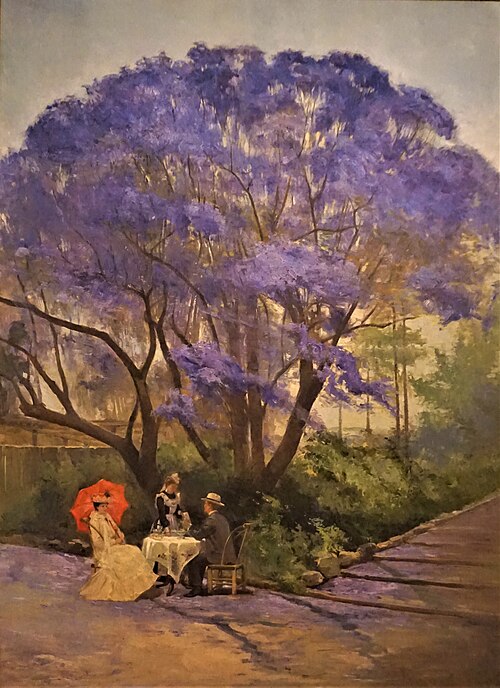
“Under the Jacaranda” by R Godfrey Rivers – Queensland Art Gallery – Joy of Museums, for more information, see: www.joyofmuseums.com – Creative Commons | Author: Joyofmuseums – Source: https://commons.wikimedia.org/wiki/File:%22Under_the_Jacaranda%22_by_R_Godfrey_Rivers_-_Queensland_Art_Gallery_-_Joy_of_Museums_-_2.jpg
A Symbol of Fleeting Beauty
The Jacaranda tree is more than just an ornamental wonder, it’s a symbol of fleeting beauty, a reminder to pause and appreciate the little things (like a sidewalk turned purple overnight). Whether you’re strolling under their blooms or watching them from a café window, Jacarandas never fail to add a little magic to the everyday.
References:
Wikipedia

